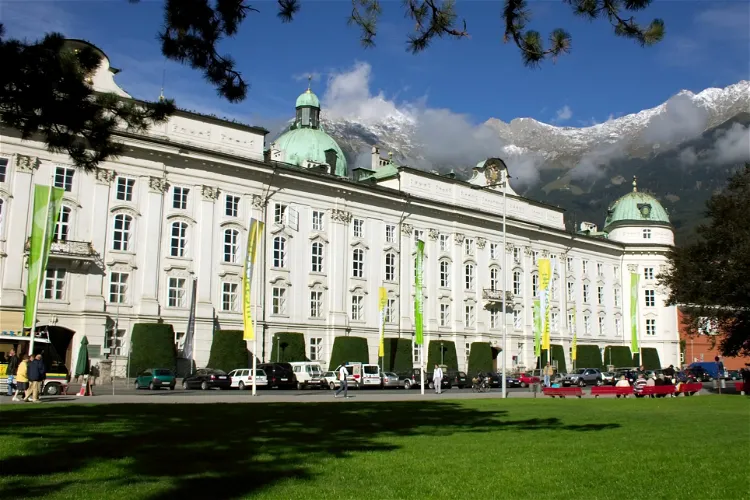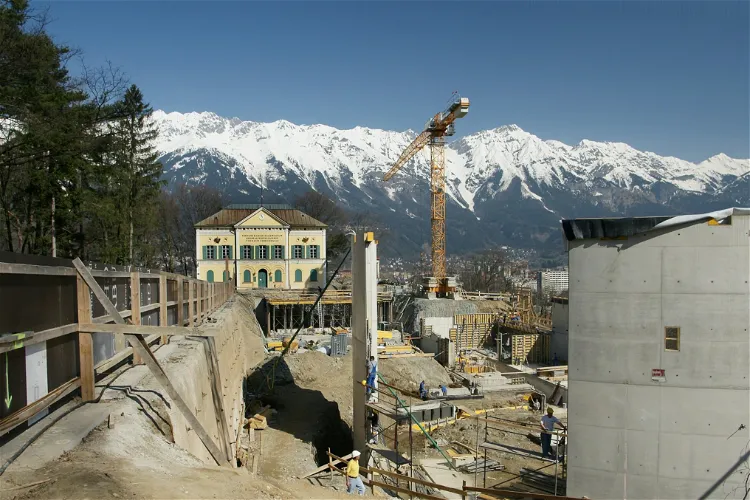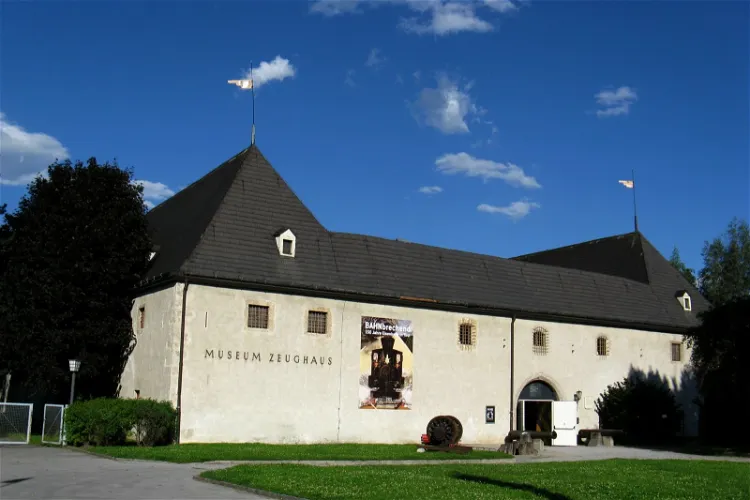Are you interested in exploring historic homes? Here are the must-see historic houses in Innsbruck:

Golden Roof
InnsbruckThe Goldenes Dachl, or Golden Roof, is a landmark structure situated in the Old Town area of Innsbruck, Austria. This iconic symbol of the city was completed in 1500 and is adorned with 2,657 fire-gilded copper tiles. The roof was commissioned by Emperor Maximilian I to celebrate his wedding to Bianca Maria Sforza. The balcony of the Golden Roof was used by the Emperor and his wife to observe various events and festivals taking place in the square below.
Hofburg, Innsbruck
InnsbruckThe Hofburg, located in the city of Innsbruck, is a former imperial and royal residence of Austria-Hungary. This historical site offers a glimpse into the past, showcasing the grandeur of the Austrian-Hungarian empire. Visitors can explore the former residence and learn about its rich history.
Tyrol Panorama Museum
InnsbruckThe Tirol Panorama, also known as the Museum of the Imperial Infantry, is a significant museum located in Innsbruck, in the Austrian state of Tyrol. Its primary importance lies in the fact that it is home to the Innsbruck Giant Panorama Painting, a significant piece of art that attracts numerous visitors each year.
Zeughaus Museum
InnsbruckThe Zeughaus in Innsbruck, originally a weapons arsenal, is now a museum. It is situated in the Dreiheiligen district and is one of the five houses of the Tyrolean State Museums. This historical building, constructed between 1500 and 1505 under the orders of Maximilian I, offers a unique glimpse into the past.- Online discount!

Ambras Castle
InnsbruckAmbras Castle Innsbruck is one of the main attractions of the state capital of Tyrol. The provincial sovereign, Archduke Ferdinand II (1529 – 1595), son of Emperor Ferdinand I, converted the Castle into a Renaissance palace, which is home to a museum building housing his famous collections. They con